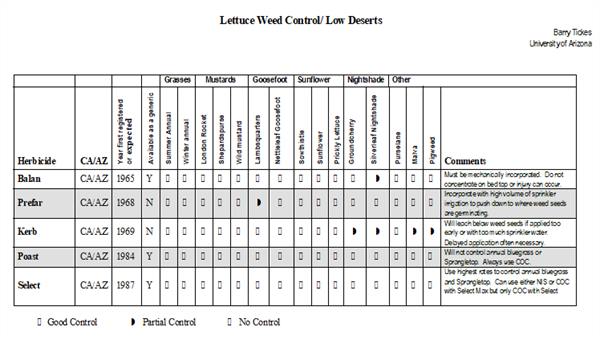-
Oct 29, 2025Tracking Pests Across the West
Since 2013, Dr. John Palumbo’s area-wide trapping network has given growers a regional view of pest movement across the Yuma Valley and lower Colorado River region. His work set a new standard for vegetable IPM in the desert Southwest—shaping how we monitor and respond to pests at the landscape level.
That same philosophy now powers a new generation of digital tools that make trapping data accessible across the western vegetable-growing region:
Note: A mobile and desktop version of these pages are available. You can switch between versions using the option at the top of the page.
Both dashboards visualize weekly trap data for key pests like whiteflies, thrips, aphids, and lepidopterous larvae. Users can explore where and when pest activity is increasing which helps fine-tune scouting and spray timing across the landscape.
How to Use the Maps
- Choose a pest from the dropdown list.
- Use the time slider to scroll through the season and watch population changes.
- Hover over trap sites to see weekly counts.
- View charts below the map to track overall trends or compare seasons.
A Yuma version will launch later this season, integrating John’s historical trapping data to continue his vision of landscape-scale pest management in desert vegetables.
Explore the tools:
Salinas Pest Map | Imperial Valley Pest Map
To contact Macey Keith go to: maceyw@arizona.edu
To contact John Palumbo go to: jpalumbo@ag.Arizona.edu















